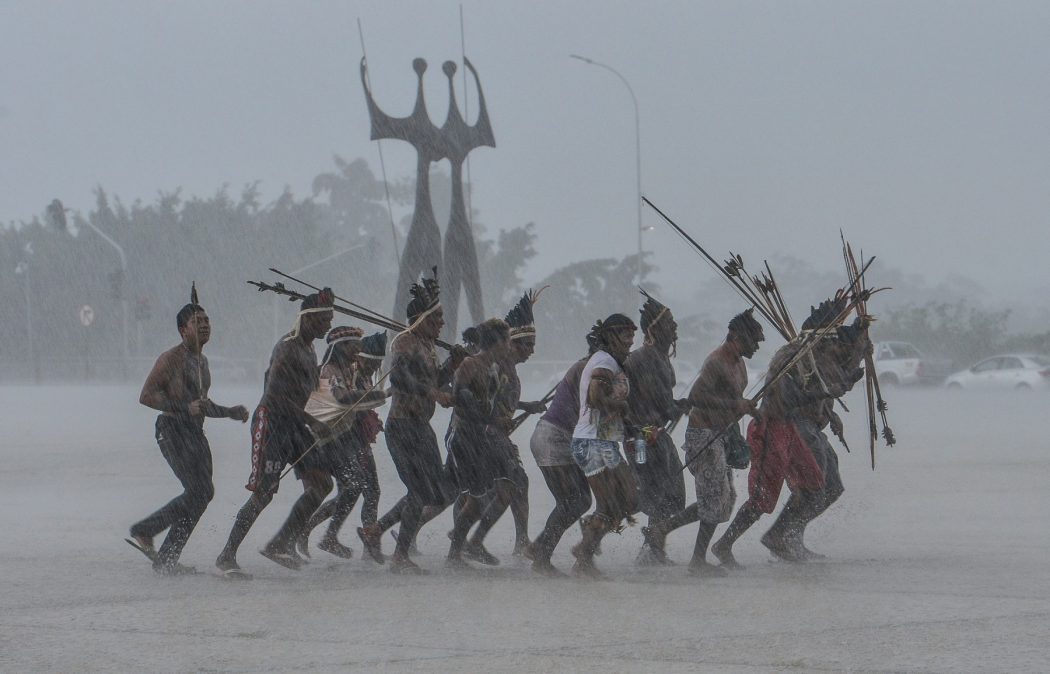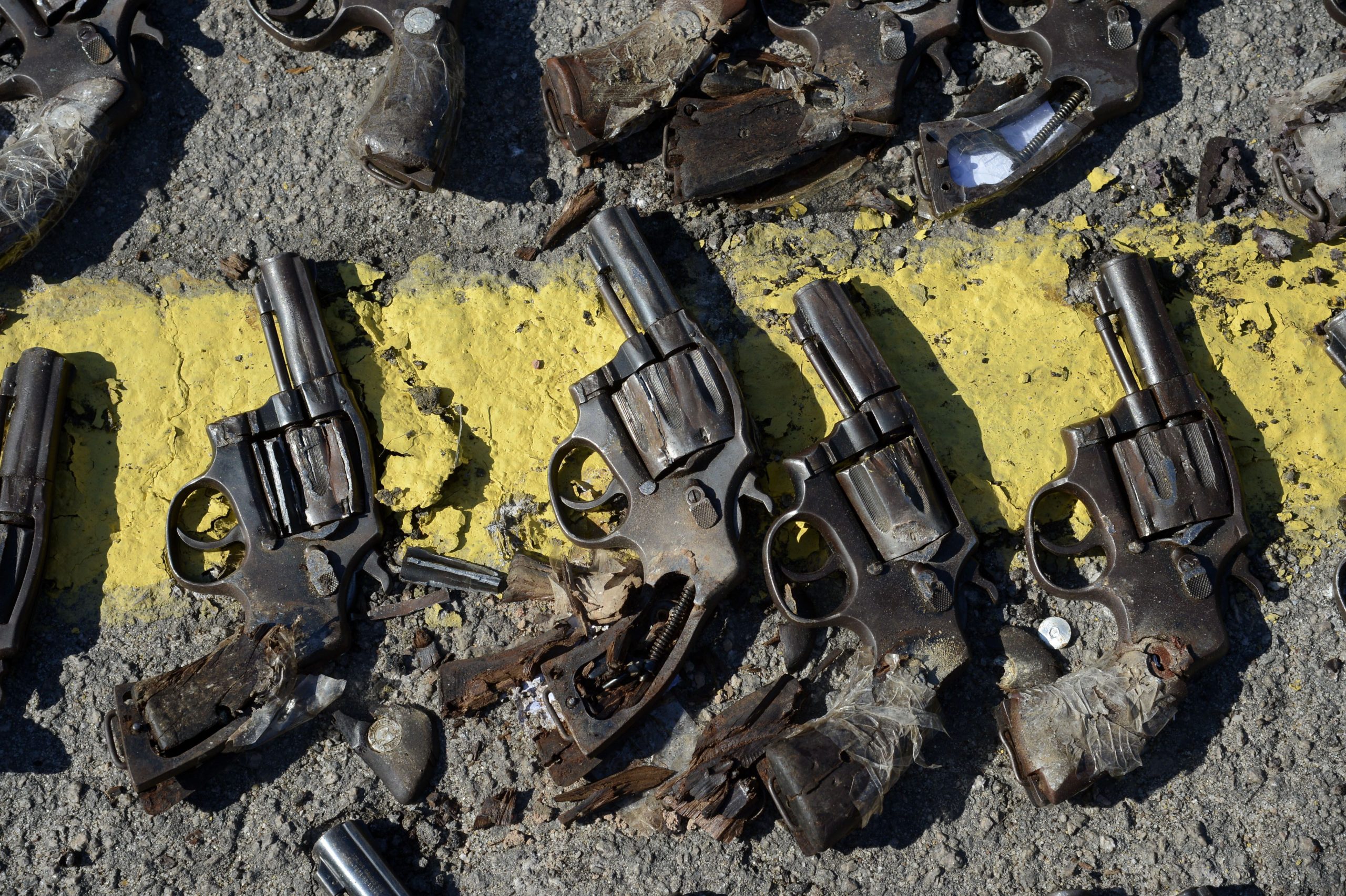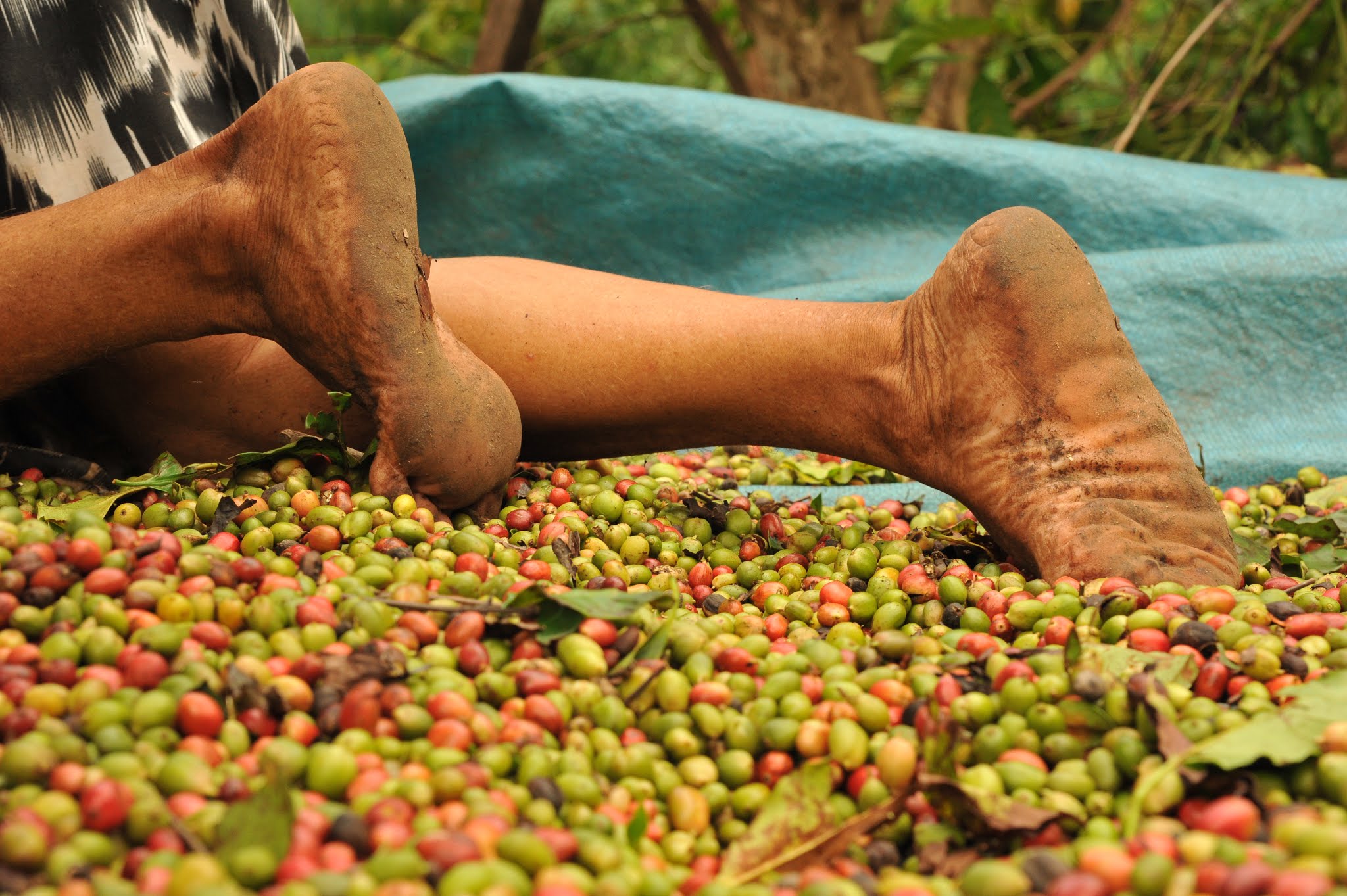Time Frame: understand why the case in the Supreme Court can define the future of indigenous lands
Indigenous peoples ask the court to guarantee the constitutional right to land for native peoples
 Foto: Valter Campanato/Agência Brasil
Foto: Valter Campanato/Agência Brasil
On Wednesday, August 25, the Supreme Court will resume its judgment of Special Appeal No. 1,017,365. The justices will decide whether or not demarcations of indigenous lands should follow the so-called “Time Frame” thesis. Defended by the rural lobby, this thesis determines that indigenous peoples will only be entitled to land that was in their possession on October 5, 1988, the date of the promulgation of the Constitution, while ignoring the historical violations suffered by these peoples over the years.
What is Special Appeal No. 1,017,365 about?
The Special Appeal with General Repercussion No. 1,017,365 pending in the Supreme Court is a land repossession claim filed by the Santa Catarina State Environment Institute against the National Indian Foundation (FUNAI) and indigenous peoples from the Xokleng tribe involving an area of the Ibirama-Laklanõ Indigenous Land. The disputed territory was reduced in size over the course of the 20th century and the indigenous peoples never gave up their claim to it. The area has already been identified by FUNAI’s anthropological studies and declared by the Ministry of Justice to be a part of their ancestral land.
Why is this judgment key to the future of indigenous peoples in Brazil?
In a decision on April 11, 2019, a full bench of the Supreme Court unanimously recognized the “general repercussion” of Special Appeal No. 1,017,365. This means that whatever is decided in this case will serve as a precedent for all cases involving indigenous lands at all levels of the Judiciary.
There are many land demarcation cases and ownership disputes involving indigenous lands that are currently in the courts. There are also many legislative measures that attempt to remove or dilute the constitutional rights of indigenous peoples. By accepting the “general repercussion” status, the court also recognizes that there is a need for clarification on the matter.
Read more:
What is at stake?
Ultimately, what is at stake is the recognition or rejection of the most fundamental right of indigenous peoples: the right to land. There are, in short, two main theses that are currently under dispute: on the one hand, the so-called “indigenato” theory, a legislative tradition that dates back to the colonial period and that recognizes the right of indigenous peoples to their lands as an “ancestral” right – i.e. one that precedes that State. The Federal Constitution of 1988 follows this tradition by guaranteeing indigenous people “the ancestral rights to the lands they have traditionally occupied”. On the other hand, there is a restrictive proposal to limit the rights of indigenous peoples to their lands by reinterpreting the Constitution based on the so-called “time frame” thesis.
There is also the possibility of reviewing the so-called “institutional safeguards”, known as “conditions”, that were established in 2009 in the judgment of the case involving the Raposa Serra do Sol Indigenous Land and that also restrict the ownership and the exclusive use of indigenous peoples over their lands.
What is the “time frame”?
The “time frame” is a legal thesis that restricts the constitutional rights of indigenous peoples. According to this interpretation, defended by the rural lobby and sectors interested in exploring ancestral lands, indigenous peoples would only be entitled to land demarcation if they had ownership of the land on October 5, 1988. Alternatively, if they were not inhabiting the land, they would have to prove the existence of a legal dispute or material conflict on the same date of October 5, 1988.
The thesis is perverse because it legalizes and legitimizes the violence to which indigenous peoples were subjected until the promulgation of the Constitution of 1988, especially during the military dictatorship. Furthermore, it also ignores the fact that until 1988 indigenous peoples were under the legal protection of the State and did not have the autonomy to fight, legally, for their rights. This is why indigenous peoples have been saying, in campaigns and demonstrations: “Our history does not begin in 1988!”
What might the consequences of this judgment be for indigenous peoples?
If the Supreme Court upholds the ancestral nature of indigenous rights and, therefore, definitively rejects the “time frame” thesis, hundreds of conflicts across the country will move closer to a solution and dozens of lawsuits could be immediately resolved.
The 310 indigenous lands that are stuck in some stage of their demarcation process would, in theory, be free to conclude their administrative proceedings.
On the other hand, if the Supreme Court rules in favor of the anti-indigenous “time frame” thesis, it will end up legalizing the intrusions and violations that occurred in the past against native peoples. It could unleash a flood of other court decisions annulling demarcations, with the subsequent outbreak of conflicts in pacified regions and the escalation of conflicts in areas where they have already erupted.
Such a ruling could also prompt a new wave of invasions and intrusions into demarcated lands – something that is already happening in many regions of the country, particularly in the Amazon.
Moreover, there are a number of isolated tribes that have still not been confirmed by the State, i.e. that are still under analysis – a lengthy procedure, due to the no-contact policy. If the 1988 time frame is approved, many lands of isolated tribes will not be recognized, which could lead to the extermination of these peoples.
There are other cases, such as the Kawahiva people, which was only recognized as an isolated tribe by the Brazilian State in 1999, i.e. long after 1988. How would things stand for these peoples? Besides, it is not even possible to contact them to find out if they were living there in 1988.
Read more:
Will the indigenous peoples participate in the judgment?
The rapporteur of the case, Justice Edson Fachin, endorsed the broad participation of all sectors interested in the matter, given the importance of the case. This participation takes the form of amicus curiae – a Latin term meaning “friend of the court” – that permits people and organizations with an interest in and knowledge of the topic to contribute in legal cases by providing the court with information. Amicus curiae status was granted to more than 50 contributors, among them several indigenous organizations and communities. In addition, the Xokleng community itself will also participate, given that it is directly affected by the case.
What is the environmental and climatic importance of Indigenous Lands?
In addition to being essential for the physical and cultural survival of indigenous peoples, Indigenous Lands play a key role in environmental conservation. The large areas of native vegetation conserved on Indigenous Lands are responsible for maintaining essential ecosystem services, such as climate regulation and rainfall, maintenance of groundwater sources, soil stability and fertility, pest and disease control, among others. All these functions are beneficial not only for agriculture and livestock, but also for industry and cities.
These territories are the best preserved of all the areas officially protected by law, and they are recognized by research as the main barriers against deforestation and the expansion of the agricultural frontier. In the Amazon, nearly 98% of their total area is preserved. Outside this region, Indigenous Lands are usually home to what little native vegetation remains.
Indigenous territories cool the surface and influence global atmospheric and ocean circulation, helping to lower the planet’s temperature. For example, the substitution of forests with grassland or agricultural crops results in an increase in the regional temperature of 6.4oC and 4.2°C, respectively. This changes the regional water cycle, putting quality of life, agriculture and livestock at risk.
The temperature differences between the areas inside and outside the Xingu Indigenous Territory, in the northeast of the state of Mato Grosso, for example, can be as much as 4oC to 8oC, according to a study from the Amazon Environmental Research Institute (IPAM). Outside the territory, it is warmer due to deforestation.
Nearly 5.2 billion tons of water are transpired every day by the trees in the Indigenous Lands of the Amazon. For the sake of comparison, the volume flowing into the Atlantic Ocean from the Amazon River is just over 17 billion tons per day. The volume of water supplied by the forests of the Amazon’s Indigenous Lands would fill all the water tanks that exist in Brazil nearly 80 times every day.
In the Brazilian Amazon, indigenous communities protect and oversee areas that store 27% of the region’s carbon stocks, representing approximately 13 billion tons. This amount does not include the carbon stored in the soil, which has, on average, a stock of between 40 and 60 tons per hectare. This carbon retention by forests helps to contain the accumulation of CO2 in the atmosphere, with positive effects on reducing global warming.
Is there “too much land for too few Indians in Brazil”? Do indigenous territories take away land available for Brazilian agriculture?
Considering all the ecosystem services provided by Indigenous Lands, they are essential for the maintenance of Brazilian agriculture.
Also, it is not true that there is “too much land for too few Indians” in Brazil; in other words, it cannot be said that demarcations undermine the stock of land available for agriculture.
Including the demarcation processes in progress at FUNAI, nearly 14% of Brazilian territory currently consists of Indigenous Lands, but more than 98% of this total is in the Amazon, much of which in remote areas where agriculture and livestock farming is not practical. Outside the Amazon, where most of the country’s agricultural GDP is located, Indigenous Lands occupy something like 0.6% of the territory. By contrast, according to 2017 data from the IBGE statistics institute, 41% of all Brazilian territory consists of private rural establishments.
Furthermore, there is a huge disparity in the distribution of the population on Indigenous Lands. Of the 517,300 people who live in these protected areas, according to the IBGE Census from 2010 (latest official data available), 62% were in the Amazon, while the other 38% were located in the remaining 2% of all the Indigenous Lands located outside this region, the equivalent of less than 21,000 km2, even including the demarcation processes in progress at FUNAI.
In some of the key states for Brazilian agribusiness, the amount of land occupied by Indigenous Lands is insignificant compared to the size of the territory, such as São Paulo (0.3%), Minas Gerais (0.2%) and Goiás (0.1%), again taking into account the demarcation processes in progress at FUNAI. In states where land conflicts are more prevalent, the total amount of Indigenous Lands does not even cover 1% of the territory, such as in Bahia (0.5%), Santa Catarina (0.8%), Rio Grande do Sul (0.4%) and Paraná (0.6%). In Mato Grosso do Sul, the percentage is 2.4%, according to IBGE and ISA data.


